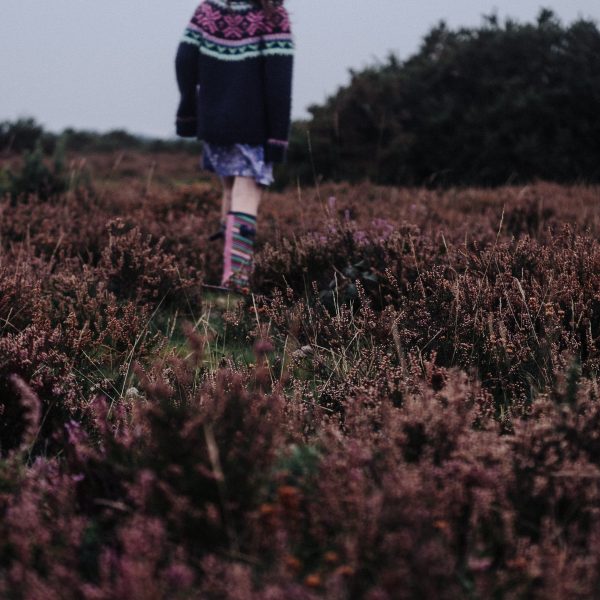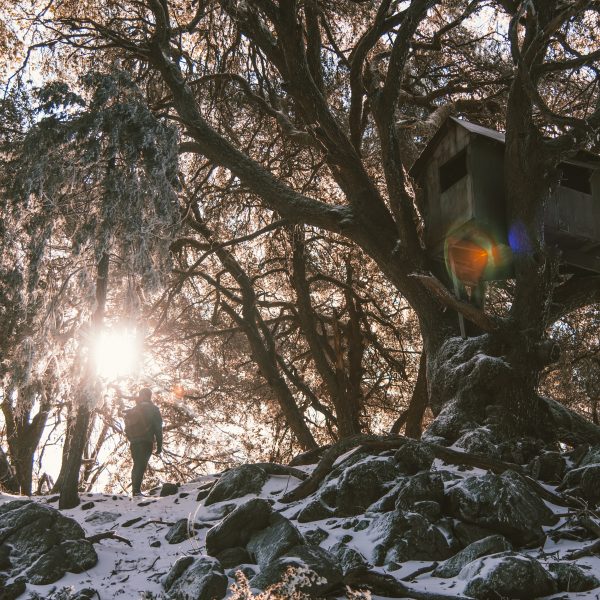Nature is a teaching tool for Alstonville Community Preschool

Alstonville Community Preschool began life in 1972 as a ‘pack away’ service, set up each session in a church hall before being packed away again. In 2013, with a change in management from the Church to a community based Management Committee, the preschool was tasked with finding a location to create the town’s first purpose built preschool. In 2015, community land on a local park was granted from Council, and funding was provided through a Capital Grants program.
The preschool was built with a deep belief in the benefits of nature play as a teaching tool, resulting in natural and engaging learning spaces both inside and out.
Educators, children and staff were consulted by the new Management Committee to contribute to the design of the new building and play spaces. Every decision made “reflected the deep belief and commitment of educators in the benefits of nature play as a teaching tool”.
In planning for the inclusiveness and accessibility of play spaces, families of enrolled children with high physical support needs were consulted early on, for additional insight and advice.
What has resulted, an article on the New South Wales Department of Education website read, is a design that allows educators to be responsive to the needs of children throughout each day, with simultaneous use of the various learning environments providing ‘pockets’ of play for individual and small groups of children i.e. quiet spaces, creative spots, and areas for ‘busy’ and active play.
Indoors, two large playrooms are filled with natural light from high windows that frame the trees of the parkland surrounding the preschool, effectively bringing the outside in. The use of natural materials and loose parts reflect the philosophy and values of the preschool and feature heavily in resources for learning and in room décor. The playrooms open onto a wide covered deck which connects the indoor and outdoor learning environments, allowing plenty of space for play ‘outdoors’.
In the outdoor environment, established trees provide shade and spaces for climbing and hiding. Open grassed areas provide space for active play and the pathways that connect these learning spaces ensure flow from one ‘room’ to the next and seamless play opportunities.
Strategic planting has been used to divide these ‘rooms’, including recent development of a bush tucker garden which adjoins the central sandpit area. Well established vegetable gardens provide an opportunity for children to grow their own food for cooking experiences, with any extra produce stocking a market stall for families.
Preschoolers at the service go to a learning space outside in the fence in an adjacent part, affectionately dubbed by the children as “Bushworld”.
The outdoor learning spaces are in continual development, and recently the creek and mud patch areas were redeveloped with water conservation in mind. Children and families worked with local artist Sam Wortelhock, to create a colourful mural, which has transformed a large brick wall, creating a beautiful backdrop to stimulate play ideas and themes through the local wildlife habitats, flora and fauna depicted. These projects and two other murals completed under an artist in residence project with local Aboriginal artist Uncle Digby Moran in 2017, were funded through Quality Learning Environments and Community grants.
This story has been crafted using original work from the NSW Department of Education. To access the original story, please see here.
Popular

Workforce
Quality
Research
When did it start to go wrong?
2025-12-18 08:00:46
by Fiona Alston

Policy
Economics
Jobs News
Provider
Workforce
Children’s Services Award changes finalised to address gender-based undervaluation
2025-12-12 06:58:10
by Fiona Alston

Economics
Provider
Quality
Jobs News
Policy
Practice
Workforce
The year in review: 2025's most impactful ECEC news stories and shifts
2025-12-16 07:32:18
by Fiona Alston
















